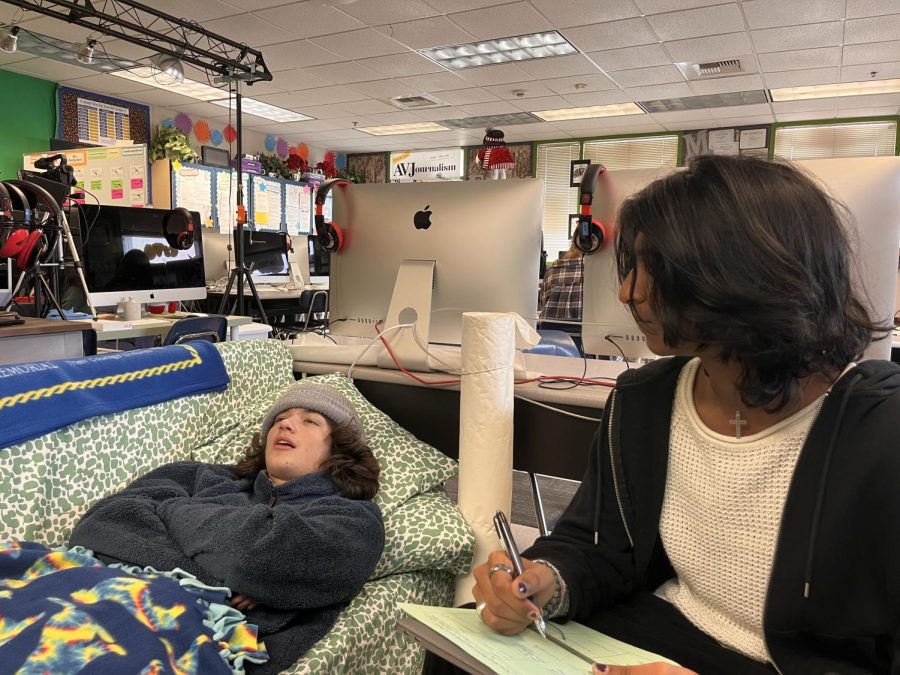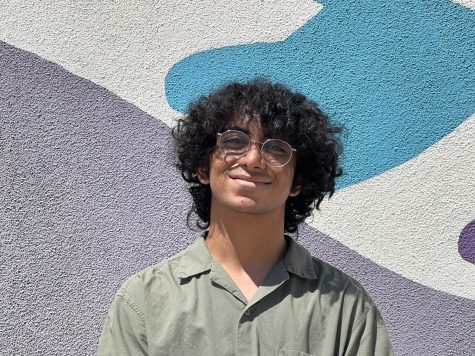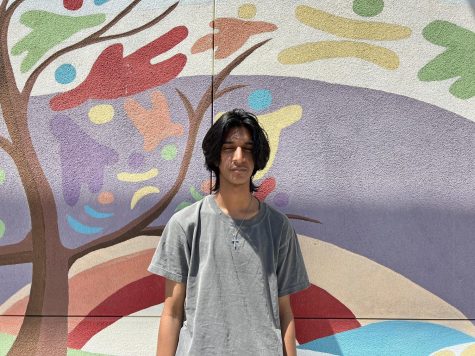The stigma around therapy: what’s true and what’s not
Therapy is a form of medical treatment which has many false myths of weakness and reliance.
December 19, 2022
Therapy is considered a valid form of treatment for emotional distress of any kind, whether it be a mental illness or an emotional wound. However, in spite of its effectiveness, it is often stigmatized because of the stereotypes attached to it.
“The fact that you need help mentally is sometimes seen as a weakness by others, and people are just like “you can’t be like that, you gotta suck it up,” but you can’t do that,” said Sophia Jetton (‘23).
The stereotypes
Even the people who need therapy are often prone to falling for the stereotypes surrounding it. Many look for a quick fix to their mental anguish, and often hesitate at the notion of paying for it.
“I think oftentimes people have this strong desire like, okay, I’m going to get therapy and I’m going to fix this, or I’m going to feel better, like, immediately. And of course, that’s not how therapy works. It’s very much a marathon,” said Amador’s emotional counselor Jennifer Yu.
These misunderstandings have a grave effect on the mental stability of the affected; A lack of mental treatment often means that they might employ inefficient or unsafe measures to cope with their wounds.
“What I hear from a lot of students is like, well, I can talk to my friends…It’s an understandable sentiment, but that’s very unfair of you to place so much strain on a friendship,” said Yu.
The truth
The bottom line is that anyone and everyone can get therapy- there’s no threshold of mental instability that might disqualify someone from mental counseling.
“Sometimes it’s like ‘I have to go see a therapist because there’s something wrong with me’ and I think that’s a systemic thing because, if anything, therapy should be readily available to anyone,” said Yu.
Additionally, a therapist is a professional who has trained for years in order to help all kinds of people heal from their mental wounds- so as long as you’re participating actively during sessions, you’re on the path of healing.
“Your therapist wouldn’t be upset at you if you talk about yourself for an hour versus your friend who might be like ‘my gosh, he’s been talking about himself for an hour,” said Yu.
The problem and the solution
Thus, the only problem- and the core one- that is breeding all these stereotypes and is preventing countless people from receiving mental counseling is the lack of availability in the market for therapy.
“I’ve noticed the limited accessibility of counseling available to particularly teenagers…You don’t see a lot of therapy options for us, so that kinda sucks,” said Jetton.
The only ways to tackle this problem is to make therapy more readily available and actively efficient in dealing with both short-term and long-term emotional stress.
“If you are seeing a therapist, talk about your experience with your friends if you’re comfortable… combining therapy with other treatment options, like medication, can also make the process more engaging,” said Yu.
The district has also taken measures in order to increase the availability of therapy to residents of all demographics and economic dispositions.
“As a district, we have a resource called Care Solace. They call themselves a care concierge, and they help connect families and students with mental health providers that work with insurance,” said Yu.
In the end, therapy is a revolutionary practice that has been stigmatized and misunderstood since its inception decades ago. In reality, it’s a method of treatment that, with a few corrections, can help countless people recover from previously irremediable psychological stress.
“If you are struggling and you want help, please talk about it. Because if you don’t it just kind of stays there, and that’s why therapy is important- it helps you vent and unload all the pain you’ve been bottling up inside of yourself,” said Yu.






